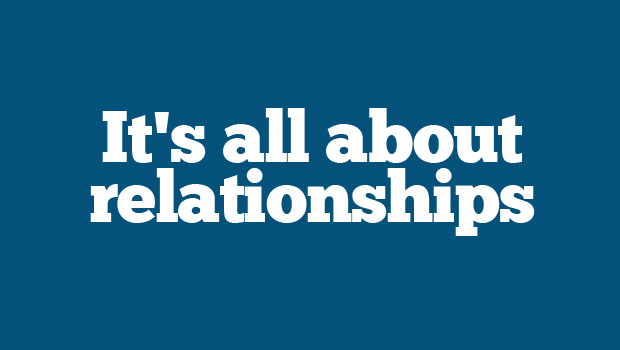The New Year is an ideal time for PR agencies to re-evaluate and perhaps improve relationships with clients and contacts. Relationship-building is also a great habit to form for the New Year. Here are some pointers all successful PR firms can employ.
Make introductions. Chances are, you know a mid-career executive who’s out of work, or a recent grad who’s trying to break into communications. Get into the habit of introducing people who need a boost to others in the biz. It doesn’t need to be about an available spot, since those are likely to be few and far between. But a simple introduction to someone with helpful contacts or knowledge can go a long way.
Get face-to-face. Is your client speaking on a panel? Go hear her. Does the CEO need briefing prior to a media interview? Get there. Any excuse to get face-to-face to your clients and the entire marketing team is a great way to be indispensable and demonstrate your commitment to the business.
Revive dormant contacts. Lost touch over the years? The end of the year/beginning of a new one is an ideal time to recharge old contacts. Link In, follow, or make a date to get together to catch up.
Set a goal for new relationships. Maybe you want to create three new contacts a month through social media. Whatever the goal, make it manageable, and start slowly, by Linking In or RT-ing a Twitter update. Social media can give you some insight into job history, friends in common, interests and even where they grew up, information that can be helpful in building a relationship. Just take care not to appear to be stalking.
“How about those [insert sports team name]”. Communicate about non-work interests from sports to vacations and family. Creating a well-rounded relationship makes all communication easier and more comfortable. It also engenders deeper trust in your client when confiding useful information that will benefit your relationship and your work.
Do something sociable, not just social. We are all busy and it’s hard to make time to do one more “work” thing. But taking a client to lunch or having the team go out for drinks reaps untold benefits as your relationship grows. In addition to the aforementioned increase in trust and comfort, these outings offer a relaxed atmosphere where you may discover how much you genuinely like the people you do business with. A side benefit indeed!



